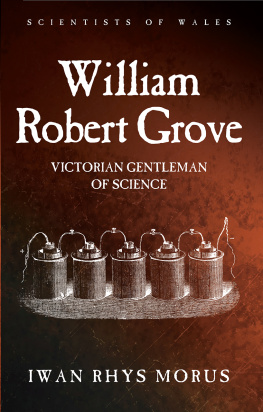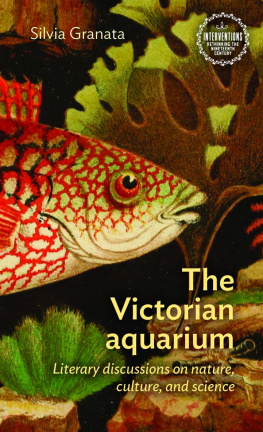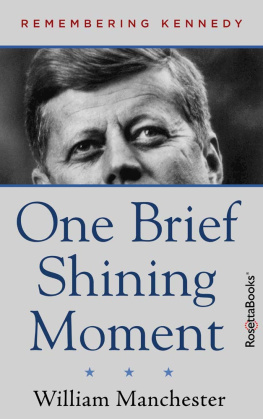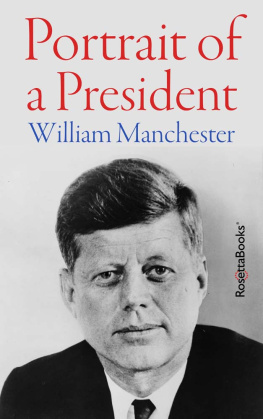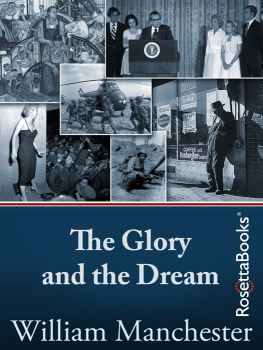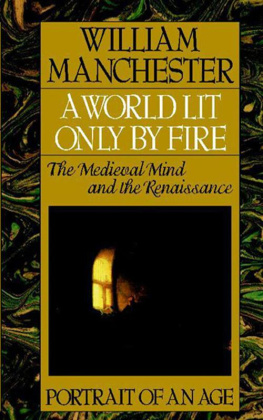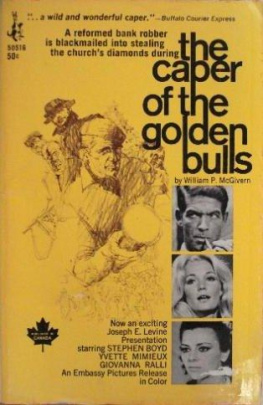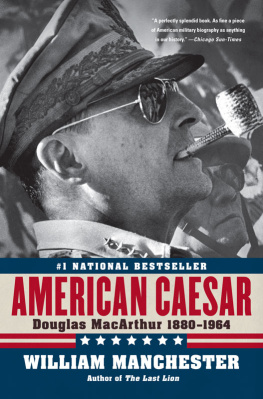Originally published in 1977 by The John Hopkins University Press
Published 2010 by Transaction Publishers
Published 2017 by Routledge
2 Park Square, Milton Park, Abingdon, Oxon OX14 4RN
711 Third Avenue, New York, NY 10017, USA
Routledge is an imprint of the Taylor & Francis Group, an informa business
New material this edition copyright 2010 by Taylor & Francis.
All rights reserved. No part of this book may be reprinted or reproduced or utilised in any form or by any electronic, mechanical, or other means, now known or hereafter invented, including photocopying and recording, or in any information storage or retrieval system, without permission in writing from the publishers.
Notice:
Product or corporate names may be trademarks or registered trademarks, and are used only for identification and explanation without intent to infringe.
Library of Congress Catalog Number: 2009041208
Library of Congress Cataloging-in-Publication Data
Kargon, Robert Hugh.
Science in Victorian manchester: enterprise and expertise / Robert H.
Kargon.
p. cm.
Originally published: Baltimore: Johns Hopkins University Press, c1977.
Includes bibliographical references and index.
ISBN 978-1-4128-1081-4 (alk. paper)
1. Science--England--Manchester--History--19th century. 2. Manchester (England)--Intellectual life--19th century. I. Title.
Q127.G4K37 2010
509.4273309034--dc22
2009041208
ISBN 13: 978-1-4128-1081-4 (pbk)
To Dina, Jeremy,
and Marcia
The first decade of this, the twenty-first century, has witnessed a resurgence of interest in places of knowledge. This interest includes not only the institutions of knowledge creationuniversities, museums, industrial laboratories, hospitals, and librariesbut also the intellectual geography of research and economic development, especially in cities and in knowledge regions like Silicon Valley and Route 128. In their introduction to the volume of the journal Osiris titled Science and the City, the editors Sven Dierig, Jens Lachmund and J. Andrew Mendelsohn urge attention to a kind of urban history that unites the history of science, technology and medicine with more traditional urban studies. They remind us how science and technology have shaped urban space and urban life, and point to studies that indicate how the urban setting has in turn helped shape the scientific and technical enterprise.
I applaud their program and appreciate their efforts. I myself turned to some of these complex studies about four decades ago. The first fruit was Science in Victorian Manchester: Enterprise and Expertise, published in Baltimore and Manchester in 1977. Stimulated by E.P. Thompsons The Making of the English Working Class, I veered rather suddenly from studies of James Clerk Maxwells use of models and analogies to the evolution of an urban scientific community under the pressures of social, economic and conceptual change. Thompson told of village Newtons, self-educated mathematicians, biologists, geologists, poets and musicians.
The approach was gratifying. Since Manchester was, as Asa Briggs called it, the shock city of the Industrial Revolution, for my next project, I looked for a comparable shock city of the second industrial revolution which marked the true marriage of science and technology, and thought I had found it in Los Angeles.
The geographical sensibility sustained itself. The rise of StanfordSilicon Valley, and Route 128the Massachusetts Institute of Technology to prominence in post-war America pulled me further into the twentieth century. My colleague, historian of technology Stuart W. Leslie, and I published a series of articles on science regions especially addressing university-industry-government interactions. In these papers we explored the construction of new kinds of institutions, new kinds of network relations and new kinds of urban-like agglomerations or science regions. This work is on-going and we intend, together, to write a book on places of the production of knowledge in three historical periods in America.
Two recent collaborative books round out the picture. What began with Manchester continues with Chicago and techno-cities of the twentieth century. My colleague Miriam Levin (the lead author), myself and three other scholars have completed a book Urban Modern: Inventing an International Culture of Change (in press). My contribution concerns Chicago in a great period of growth and change, 1870-1910. Finally, with my good friend Arthur Molella I have published Invented Edens: Techno-Cities of the Twentieth Century, a book that examines science, technology and urban design.
In this preface to a reissue of Science in Victorian Manchester, I have chosen an autobiographical route rather than a survey of the recent urban history/history of science and technology literature. Mikael Hrd and Thomas J. Misa in their Urban Machinery: Inside Modern European Cities and Dierig, Lachmund and Mendelsohn in their Osiris volume provide good guides to current work. This personal approach is intended to provide color and texture to the journey of a discipline towards a blend of intellectual, social and economic history.
Robert H. Kargon
Baltimore, March 2009
Notes
Sven Dierig, Jens Lachmund and J. Andrew Mendelsohn, Introduction: Toward an Urban History of Science, Osiris 18 (2003): 1-22.
E.P. Thompson, The Making of the English Working Class (New York, Vintage, 1963), 289-295.
S.G. Checkland, The Rise oflndustrial Society in England 1815-1885 (New York, St. Martins, 1964); Michael Flinn, The Origins of the Industrial Revolution (New York, Barnes & Noble, 1966; David Landes, The Unbound Prometheus: Technological Change and Industrial Development in Western Europe from 1750 to Present (Cambridge, Cambridge University Press, 1968); T.S. Ashton, The Industrial Revolution 1760-1830 (New York, Oxford, 1964).
Asa Briggs, Victorian Cities (New York, Harper and Row, 1966), 92. Los Angeles is sometimes described as the schlock city of the twentieth century.
Robert Kargon, The Rise of Robert Millikan: Portrait of a Life in American Science (Ithaca NY, Cornell, 1982).
S. Leslie and R. Kargon, Electronics and the Geography of Innovation in PostWar America, History and Technology 11 (1994): 217-231; Imagined Geographies: Princeton, Stanford and the Boundaries of Useful Knowledge in Postwar America, Minerva XXXII (1994): 121-143; Selling Silicon Valley: Frederick Termans Model for Regional Advantage, in Business History Review, vol. 70 (Fall, 1996): 435-472; The Obsolescent University? Reconfiguring Higher Education for Regional Advantage,(with Stuart Leslie) in Karen R. Merrill (ed.) The Modern Worlds of Business and Industry: Cultures, Technologies, Labor (Breda, Brepols Publishers, 1999); Exporting MIT: Science, Technology and Nation-Building in India and Iran, (with S.W. Leslie) in Osiris 21 (2006): 110-130. See also Knowledge for Use: Science, Higher Learning and Americas New Industrial Heartland,1880-1915 (with S.G. Knowles),


